They called it the sleep room. For the psychiatric patients trapped inside, it was a prison of nightmares.
Within those walls, former patients say, vulnerable young women with mental health problems were pumped with drugs to keep them in a sleep-like state then subjected to excessive rounds of electroconvulsive therapy (ECT), as part of an experimental treatment in the 1960s and ’70s.
The architect of that treatment – the clinical value of which was never proven – was the late Dr William Sargant, an eminent force in British psychiatry in the mid-20th century. Sargant once wrote that putting patients into a deep sleep, a process called narcosis, made them more compliant with ECT.
Far from getting the help they needed, these patients say it had damaging consequences. Decades later, they still don’t know why they were allowed to be treated like guinea pigs with no acknowledgement or apology from the institutions whose care they were in.
BuzzFeed News spoke to one of the women who was drugged and put in the sleep room in 1972, while under the care of Sargant’s successor Dr John Pollitt, who ran Ward 5 of the Royal Waterloo Hospital for Children and Women. Eleanor – we are using a pseudonym at her request to protect her identity – is now in her late sixties.

She is one of potentially hundreds of women who were drugged to keep them asleep for days on end, woken only for feeding and basic physical care during the day. They were taken from their beds only once a week, dazed and confused, to meet the family members who came to visit them.
Eleanor is a slight woman, softly spoken, with glasses and grey hair. When BuzzFeed News meets her in a north London café she is armed with a huge stack of papers: the result of almost a decade of tenacious digging and a hard-fought one-woman battle with what is now Guy’s and St Thomas’ NHS Trust to access her own medical records, some of which she was told have been destroyed.
As she tells her story, Eleanor appears nervous and speaks quietly, looking down into her cappuccino. She sips it slowly, and her hands shake slightly as she rests the cup back on the saucer. She is too anxious to eat, she says. This is the first time she has told anyone this story; even her children don’t know. She met her husband, who we will call David, before she underwent the treatment and he has been by her side ever since.
The 22-year-old woman who was admitted into Ward 5 was not same person who emerged two months later. Despite having a good job in market research before her treatment, she never found work of that quality again. She lost interest in her hobbies. Her personality, she says, was “dulled” by the narcosis treatment.
“I’d been ill really since I was a teenager, and I was really struggling,” Eleanor says. “My mental health was not good, but I was functioning, I held down jobs, I went to work, I had boyfriends, I met my husband, but I started to become really very unwell when I about was about 20 or 21.”

Eleanor says her mental health deteriorated after she started a high-flying new job and struggled to cope in the office environment. Following a suicide attempt, Eleanor’s father begged doctors to admit her to hospital, hoping she would get the help she needed.
Eleanor spent two months in Halliwick House in Friern Barnet, north London, now a luxury apartment complex, before being moved to the Royal Waterloo. Her medical records, seen by BuzzFeed News, say she had phobic depression and obsessional neurosis.
She doesn’t remember her time at Halliwick, or the move to the Royal Waterloo, where she spent two months in the sleep room – a dark room with six low beds, where patients were drugged to keep them incapacitated.
Eleanor was prescribed antidepressants, antipsychotics, and chloral hydrate – a main ingredient of a so-called “date rape” drug. She was also given the anaesthetic ether, and subjected to abreaction, a type of hypnosis to get patients to relive supposed traumatic early life experiences.
Although the drugs were meant to keep patients asleep, they often wore off, Eleanor says, yet she was still unable to move – either paralysed by drugs or simply through weakness – and so the women were left to lie there in what she remembers as a dank, smelly, pitch-black room.
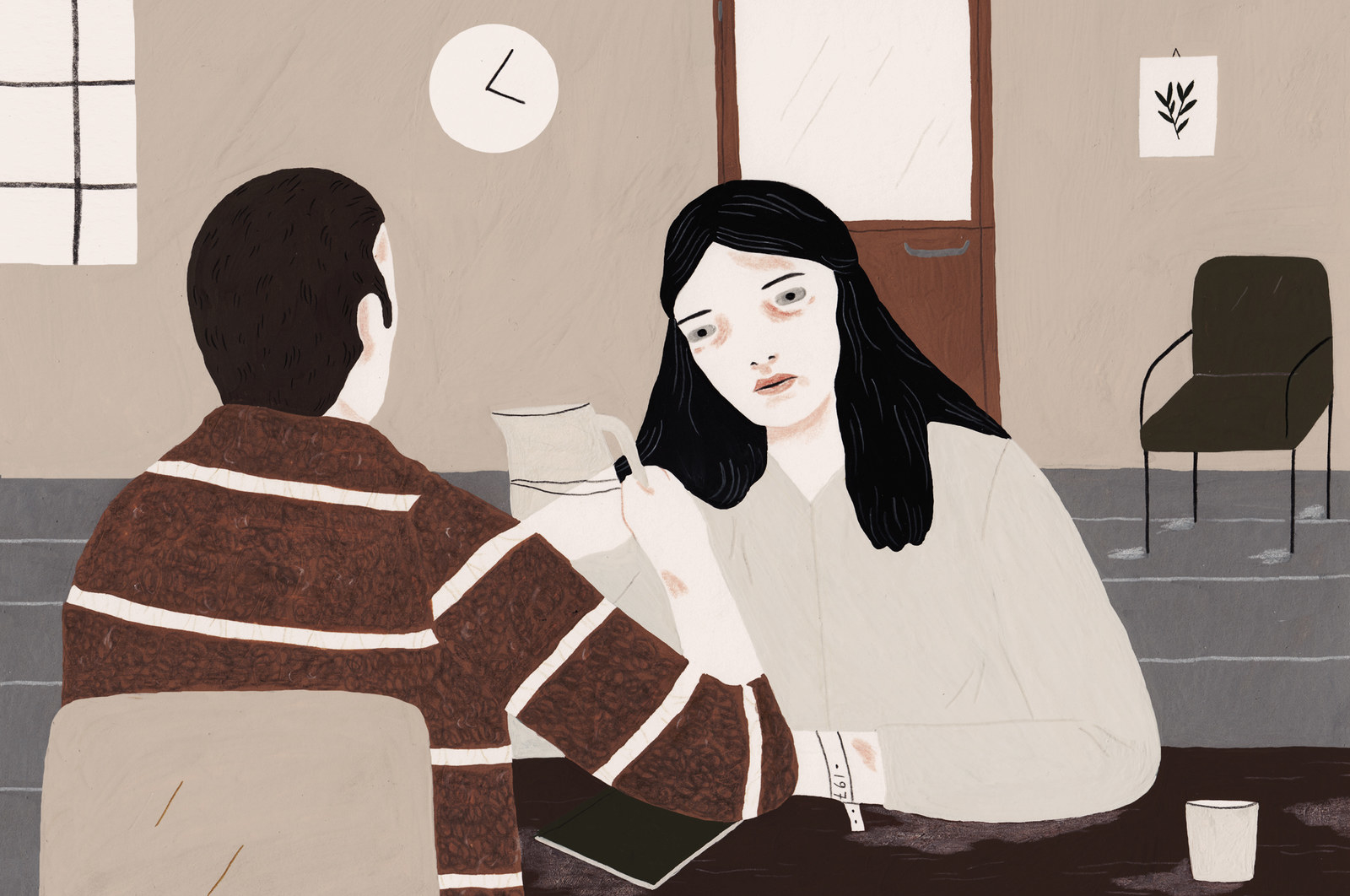
“Being in the dark there, just laying there, I can’t explain it to you,” she says. “Because everything that you’re worried about, all your mental problems, everything that’s been going on is still with you, but you’re lying in the dark and you can’t move. There’s no curative effect at all. You’re just alone with your mental health.”
The treatment left her so weak that nurses had to feed and bathe her – even take her to the toilet. “I can remember having lots and lots of enemas ... because you can’t move your bowels very well because you can’t eat very well,” she says. “It’s just a horrible, horrible experience.”
While in the sleep room, Eleanor underwent ECT – a controversial electric shock treatment developed in the 1930s that was used widely during the 1950s and 1960s for a variety of conditions. It is still used today but for fewer, more serious conditions.
“I can remember having ECT on the main ward,” Eleanor says. “I can remember hearing them wheeling the trolley down the ward with the oxygen and the ECT machine, and you hear them getting nearer and nearer.
“On ECT days they made up the beds so that the pillows were at the end because they couldn’t get all the stuff round the end of the bed, so it was very disorientating. I can remember having the injection – they inject you in the back of your hand.
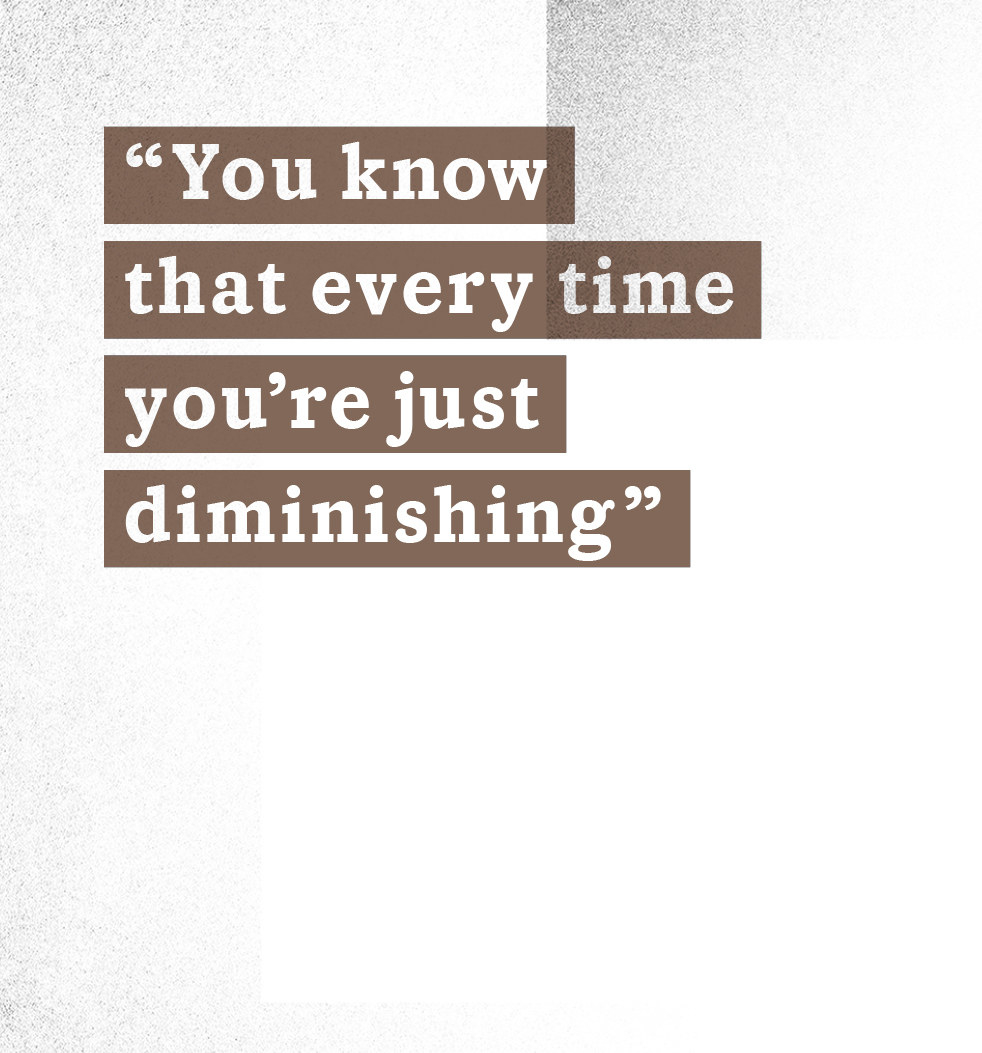
“I remember once or twice waking up and being in a complete panic, because you don’t sort of say ‘where am I?’ You just wake up blank and it’s really very, very frightening.”
She adds: “You can’t make a cogent argument and say, ‘I don’t want to have this’, and you know you’ve got to have the ECT, there’s no way out... You know that every time you’re just diminishing.” She doesn’t know for sure how many ECT treatments she had but has calculated the figure based on the fact that she recalls having treatment every other day: “I reckon I had between about 35 and 40 ECTs in the time that I was there, and you can’t do anything. It’s hard to express what it’s like to know that it’s the day, and you’re going to have this [treatment] and you can’t say no.”
Eleanor says she never gave her consent to undergo ECT, and no family member gave any kind of informed consent on her behalf. She was also never sectioned, when a person is compulsorily admitted to a psychiatric facility.
“I think the issue of consent is a very big issue here,” she says. “It really is, because no one would have consented to that…”
Her husband David, who was her fiancé at the time, says he sat in on every meeting between Eleanor’s mother and the doctors, and says her treatment was never discussed with them. Eleanor’s family weren’t even informed when she moved to the Royal Waterloo, but they were the professionals, and so they trusted them.
“There was no indication from anybody that this was not a kind of conventional treatment,” says David. “There was no mention in any of our conversations when we were seeing Eleanor that this was a slightly off-the-wall way of treating people who were in this situation.
“No one ever explained to us what they were doing. I didn’t know that she was being given all these massive doses of ECT or even that she was being kept asleep.
“There was absolutely no question of us signing documents or, you know, ‘We want to give your daughter this treatment, what do you feel about it?’ That kind of conversation never happened.”
Her parents wanted the best for her, Eleanor says, but she does not think they would have supported Sargant’s experiment. “I think my parents were very, very anxious about me because they were ordinary working-class people and they thought I was losing my mind,” she says, “and they had pictures of me berserk in an institution forever, but I don’t think they would have stood for that for me.”
Her parents and fiancé were allowed to visit once a week, but they never saw the sleep room and met Eleanor in a dayroom instead.
“She was completely different. There was no sense of her personality coming through,” says David. “There was no conversation at these meetings, these visits. Eleanor was completely out of it.”
David recalls having to encourage Eleanor to keep drinking water and noticing that other families were encouraging their loved ones to do the same. He doesn't know why, but possibly it was because the women were severely dehydrated, or the water helped wake them up from their dazed state.
Yet each time he left none the wiser to what Eleanor was being subjected to.
Eventually Eleanor was discharged from the sleep room after two months of treatment. However, she says leaving wasn’t a simple case of taking her things and walking out of the door. She first had to meet Pollitt and convince him that she was well enough – even though she was a voluntary patient. Eleanor says this was the only time she remembers meeting Pollitt. “He was not a kind man,” she recalls.
She remembers being taken to a big meeting room in front of other nurses and doctors in the department to be questioned by Pollitt about how she was feeling, and she was hoping this would be the moment she was discharged.
“I was sort of saying how I actually was, which was dreadful – I felt absolutely everything was wrong, and he said, ‘Well, I don’t think you’re well enough to go home now so you’ve got to go back,’ and I was expecting to be able to go home, because I thought that was what happened you had this thing and then you went.
“I absolutely had a meltdown, panic and hysteria. I can remember two nurses got hold of me and I was actually fighting them. They bundled me out and I was absolutely struggling.
“I understood it then. I had to say, ‘I’m fantastic! I’m cured! This a miracle!’ And I think a lot of people did that.”
Almost 45 years later, Eleanor still struggles with her mental health. Although she is no longer undergoing treatment, she experiences symptoms of OCD and anxiety, she says.
Eleanor says she is no longer as ill as she was when she was discharged from the Royal Waterloo, where she continued to receive treatment for 18 months, as an outpatient.
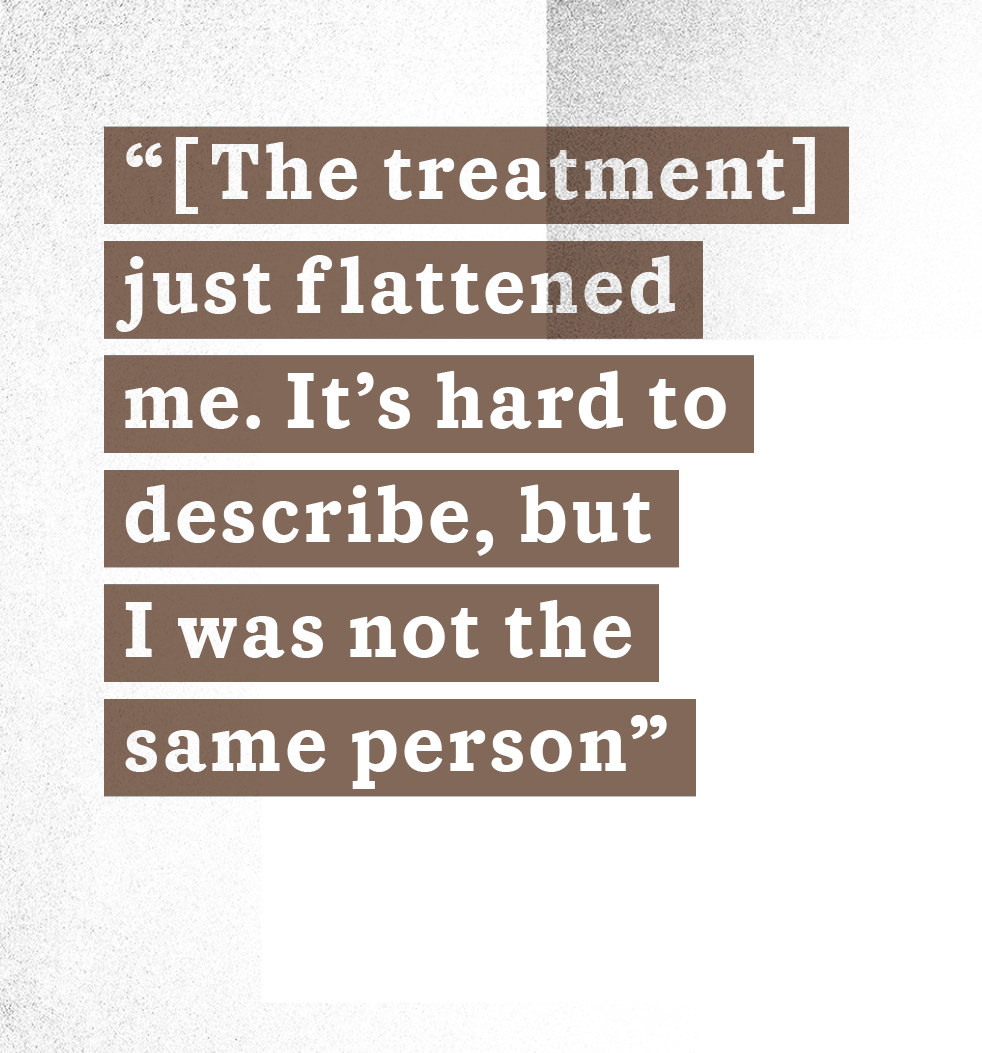
“Today, I’m still a depressive type of person,” Eleanor says. “I’m still very anxious. I still have OCD. I used to have terrible delusions – that was really when I became very ill – and I don’t have that any longer. I wouldn’t say [ECT] improved my condition; I think age and time has improved my condition. Not living at home and being married to David has been a big part of that.”
And far from curing her, Eleanor says her time on Ward 5 has left her with long-lasting side-effects. She doesn’t know how her relationship survived. “It dulled me a lot,” she says. While it doesn’t seem to have damaged her IQ, she says, “there are things I can’t do. I can’t learn languages. My mathematical ability, which wasn’t great, is completely shot. I can’t remember things.
“I was not the same person … I used to be interested in clothes, books, arts. We used to go to galleries, film – I was very interested in Japanese film. That just went from me. I used to make things, I used to make clothes for myself, all that kind of stuff. I used to get my hair cut very expensively at Leonard of Mayfair – it mattered to me. But [the treatment] just flattened me. It’s hard to describe, but I was not the same person.”
Eleanor thinks the excessive bouts of ECT have led to years of her life being wiped from her memory. “You can’t find your way back to who you were because you don’t kind of remember yourself,” Eleanor says. “They say your memory comes back after a few weeks if you’ve had ECT. I don’t remember quite how I was.
“I can remember going home after and finding things in my bedroom. ‘Was I interested in that kind of book? Did I ever make that? Did I wear that?’ I couldn’t place the person that I was with the person whose life I tried to slot back into and I think it knocked my confidence horrendously.”
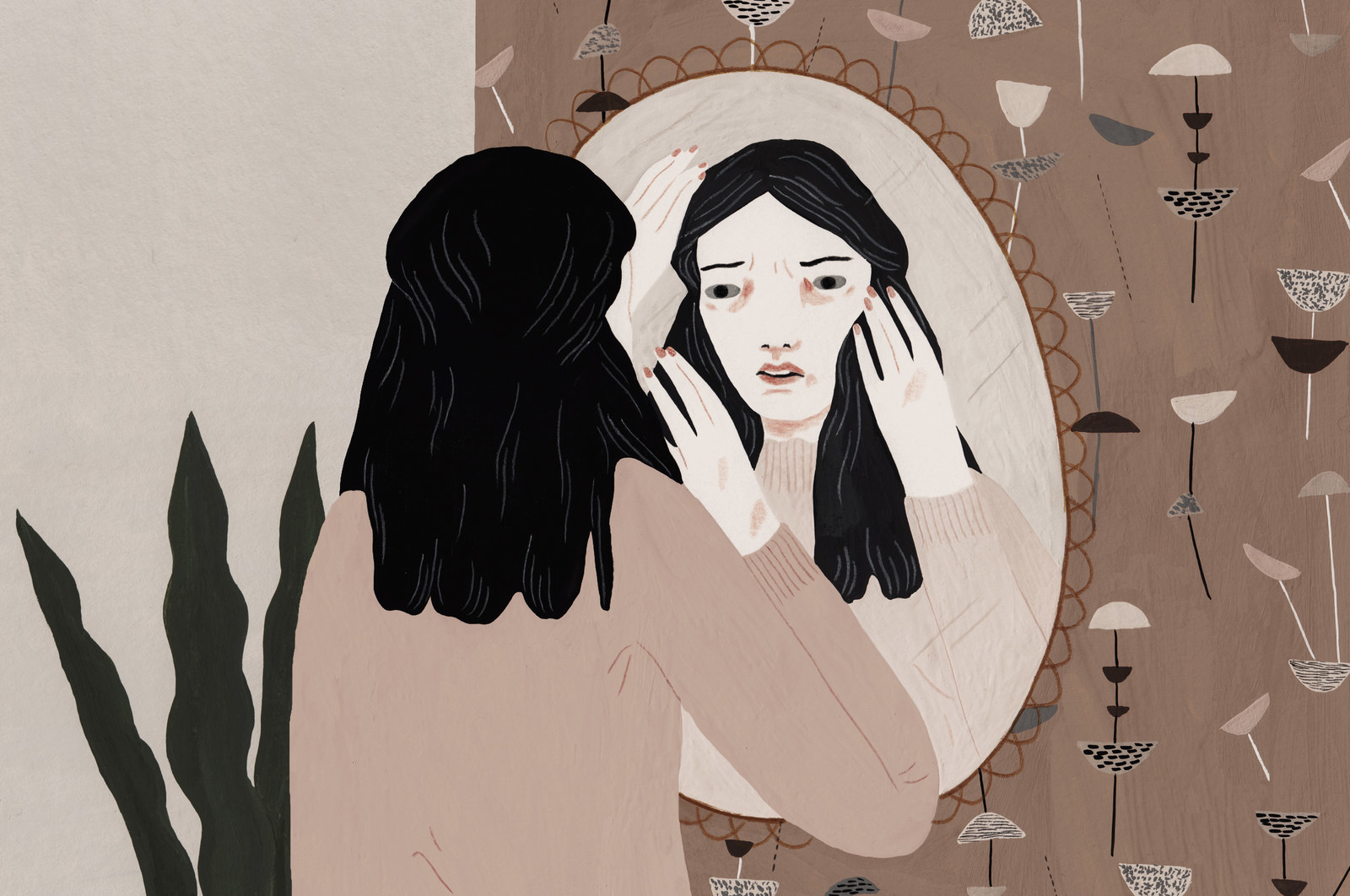
Eleanor believes her treatment at the Royal Waterloo cost her the successful career she once looked destined to have. “I ended up cleaning and stacking supermarket shelves and things like that for the rest of my life,” she says. “When I was working I worked in market research and I was headhunted and someone gave me a very good job. After that, after the [treatment], I wouldn’t have dared do anything like that. For me, working as a cleaner was the best I could do.”
She adds: “This is the bit that’s so hard to prove, that it affected me, because people will say ‘well, you were very ill.’ I was very ill, there was no doubt about that, but these sort of things are so nebulous that you can’t pin it down.”
In 1972 Sargant, along with Eliot Slater, published An Introduction to Physical Methods of Treatment in Psychiatry. The book outlines a sinister aspect of narcosis: “After three or four treatments, they may ask for ECT to be discontinued because of an increasing dread of further treatment. Combining sleep with ECT avoids this.”
According to the Royal College of Psychiatrists (RCP), “some memory problems are probably present in everyone receiving ECT”, with some people recovering in weeks while others find their memories never come back.
In an information leaflet about ECT, the RCP says: “Some people have complained of more distressing experiences, such as feeling that their personalities have changed, that they have lost skills or that they are no longer the person they were before ECT. They say that they have never got over the experience and feel permanently harmed.”
A spokesperson for the RCP said its librarians hold no information on narcosis. “There are no reports or position statements on this form of treatment, so nothing to suggest that the College supported it or opposed it,” they said.
In the upstairs office of her pristine home, Eleanor has piles of papers laid out across a desk – the result of years’ worth of research into this controversial medical practice and her quest for answers.
For many years, she didn’t even realise her treatment had been anything but conventional, but after tuning into a radio programme on Sargant purely by chance, she came to appreciate the full extent of what had happened to her.
In April 2009, BBC Radio 4 aired Revealing the Mind Bender General, which described Sargant testing drugs on his patients and investigated allegations he had been involved in secret military experiments.
Sargant, who died in 1988, has been described by patients as “monstrous”, including by the actor Celia Imrie, who was under his care when she was treated for anorexia in her teens and described him as having “evil eyes”.
He had worked with shellshocked servicemen during World War II, and went on to experiment with several controversial treatments including psychosurgery, ECT, insulin comas, and mind-altering drugs as well as narcosis.
Sargant has been linked to both MI5 and the CIA’s Project MKUltra mind control programme, but these connections have never been proven. When approached by BuzzFeed News, the Home Office said it would not comment on current or recently deceased MI5 staff.
“I thought I’d been done a big favour, instead of being in the local asylum. I thought I’d had something special and better,” Eleanor says. “I was absolutely furious, and I was so upset ... I thought, How could you have done this to me?”
She has spent years posting in forums and trawling comments on newspaper articles, and even set up her own website. She is now in touch with a group of women who say they underwent the controversial treatment not just at the Royal Waterloo, but at facilities across the south of England and in Ireland. And, she says, they all want answers.
After fighting an almost decade-long battle for information by herself and hitting brick walls at every turn, she came to BuzzFeed News in the hope that the Department of Health, the Royal College of Psychiatrists, and Guy’s and St Thomas’ NHS Trust might finally answer her questions.
“We were in that damn room and there was no way out,” Eleanor says. “[Sargant] has said on the record that we were voluntary patients and that we could come and go, but that’s not the truth at all... None of it has the ring of truth to me. There’s something that’s being covered up to me.”
She left the hospital in 1973 – the year after Sargant retired, and the whole ward closed soon after, making Eleanor one of the last patients to spend time in Ward 5, which started in 1964, she says.
“The whole thing was shut down so clearly it was contingent on William Sargant’s being there,” Eleanor says. “They didn’t say, ‘Oh, he’s retired. Let’s bring in another man to run the department.’ I would like to know what happened that stopped that.”
BuzzFeed News contacted the Department of Health to ask a range of questions, including whether wards were inspected, whether the NHS was funding the treatment, and how widespread this kind of narcosis was, and was told the government did not hold any records on the controversial treatment and was therefore unable to provide any answers.
When BuzzFeed News contacted the Nightingale Fellowship, an organisation for nurses who trained at St Thomas’, a spokesperson said it is only an alumni organisation that supports members in need. “We are therefore unable to answer your questions, neither comment on current or past practices at Guy’s or St Thomas’ hospitals by any staff,” they said.
BuzzFeed News tracked down two people who had treated Eleanor as junior doctors – their names are in her medical notes. Dr Felicity Judelsohn, a retired psychiatrist and former director of the Coventry and Warwickshire branch of the charity Mind, refused to answer questions, saying: “It would be silly if I tried to rely on my memory of events that happened 45 years ago.”

A second doctor did not respond to a written request for an interview.
Only one doctor, Professor Peter Tyrer, agreed to answer questions through the Royal College of Psychiatrists. Although he did not treat Eleanor personally, he spent time working on Ward 5 as a junior doctor.
Tyrer said the controversial sleep treatment was never licensed, but added that it “did not need to be licensed in those days as ‘clinical choice’ was the order of the day”. He continued: “The treatment, called ‘continuous narcosis’, was imported from Russia and Germany pre-war. The treatment was given at the Royal Waterloo Hospital for many years by William Sargant and John Pollitt.”
For Eleanor, the acknowledgment that the treatment was carried out is no comfort. For a decade she has tried to get someone to answer her questions and take responsibility, and the fact that narcosis is talked about in such distant terms only serves to rub salt into a 45-year-old wound.
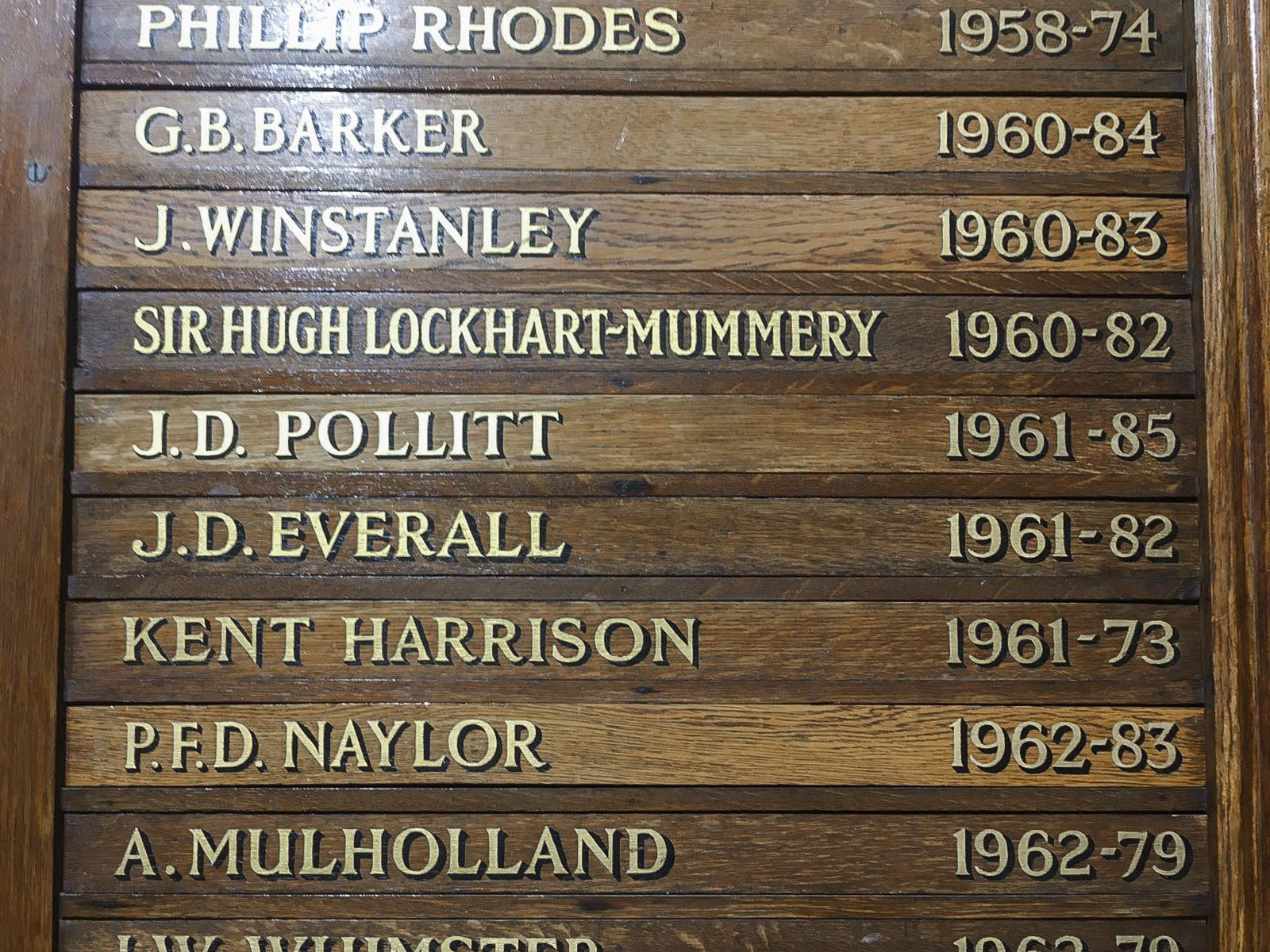
“How can you think that drugging someone and giving them lots of ECT and keeping them in a dark room is going to make them better?” she says.
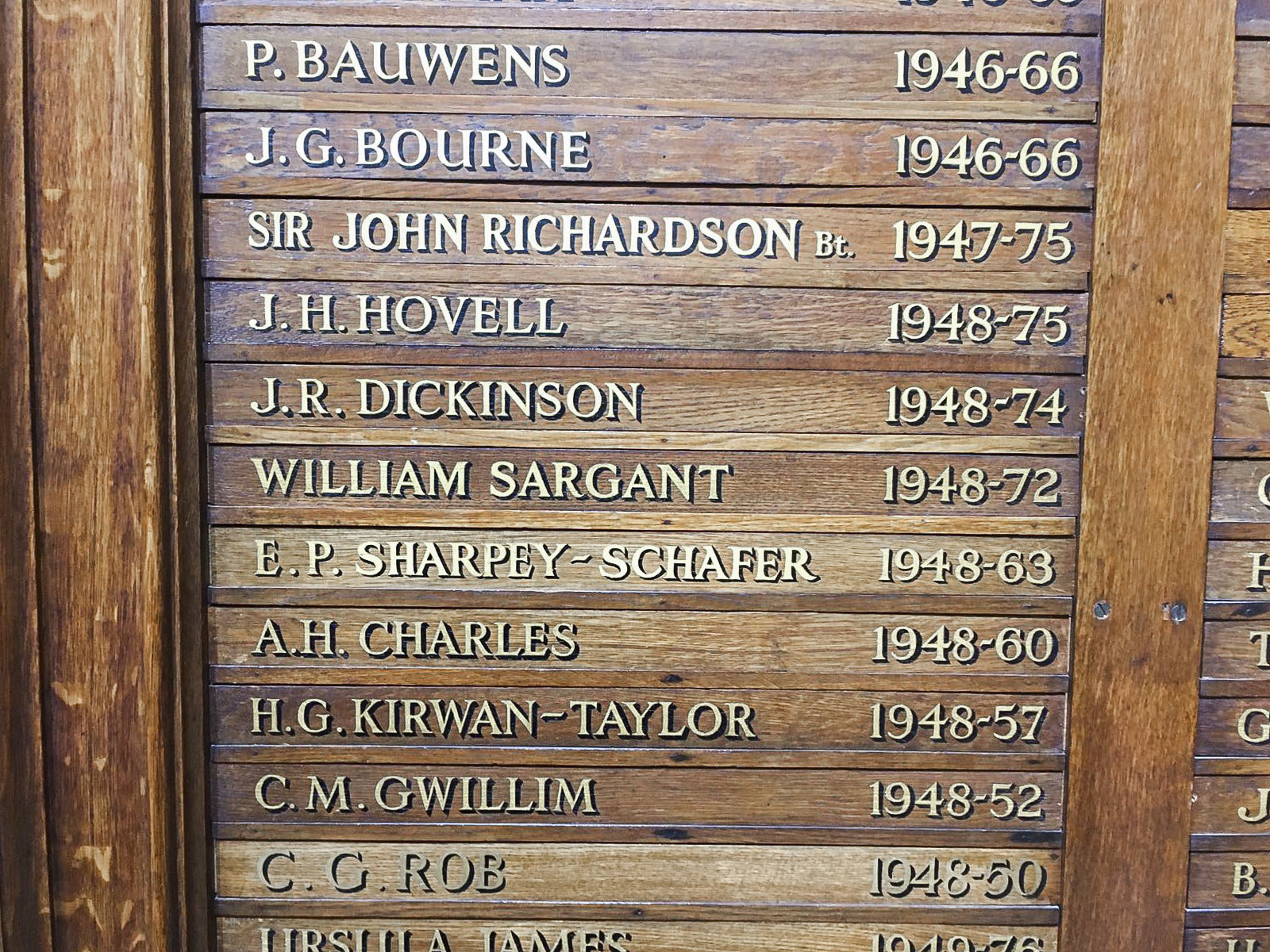
“It was just like a nightmare that went on and on and on and on. You just woke up to it every day. But I thought, I went through that, I was really ill, that was how it had to be.” She is angry that doctors don’t appreciate the long-term impact it had on patients. “They seem to have forgotten that we’re still alive. They talk about it as if we just dropped dead the next day and there is no one left with this.”
Today the former Royal Waterloo Hospital for Children and Women is used as student accommodation with no obvious signs of the horrors that took place inside.
Guy’s and St Thomas’ NHS Foundation Trust did not answer a list of questions put forward by BuzzFeed News. A spokesperson would only say: “If a patient contacts us with any concerns about their care we will of course endeavour to look into this matter for them and they should contact our Patient Advice and Liaison Service (PALS) in the first instance.”
Though the trust has attempted to distance itself from the controversial treatments carried out by its senior doctors Sargant and Pollitt, it is hard to ignore the board at St Thomas’ that to this day still proudly displays their names in gilded letters.

